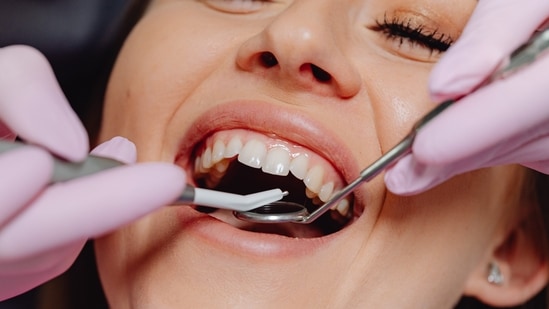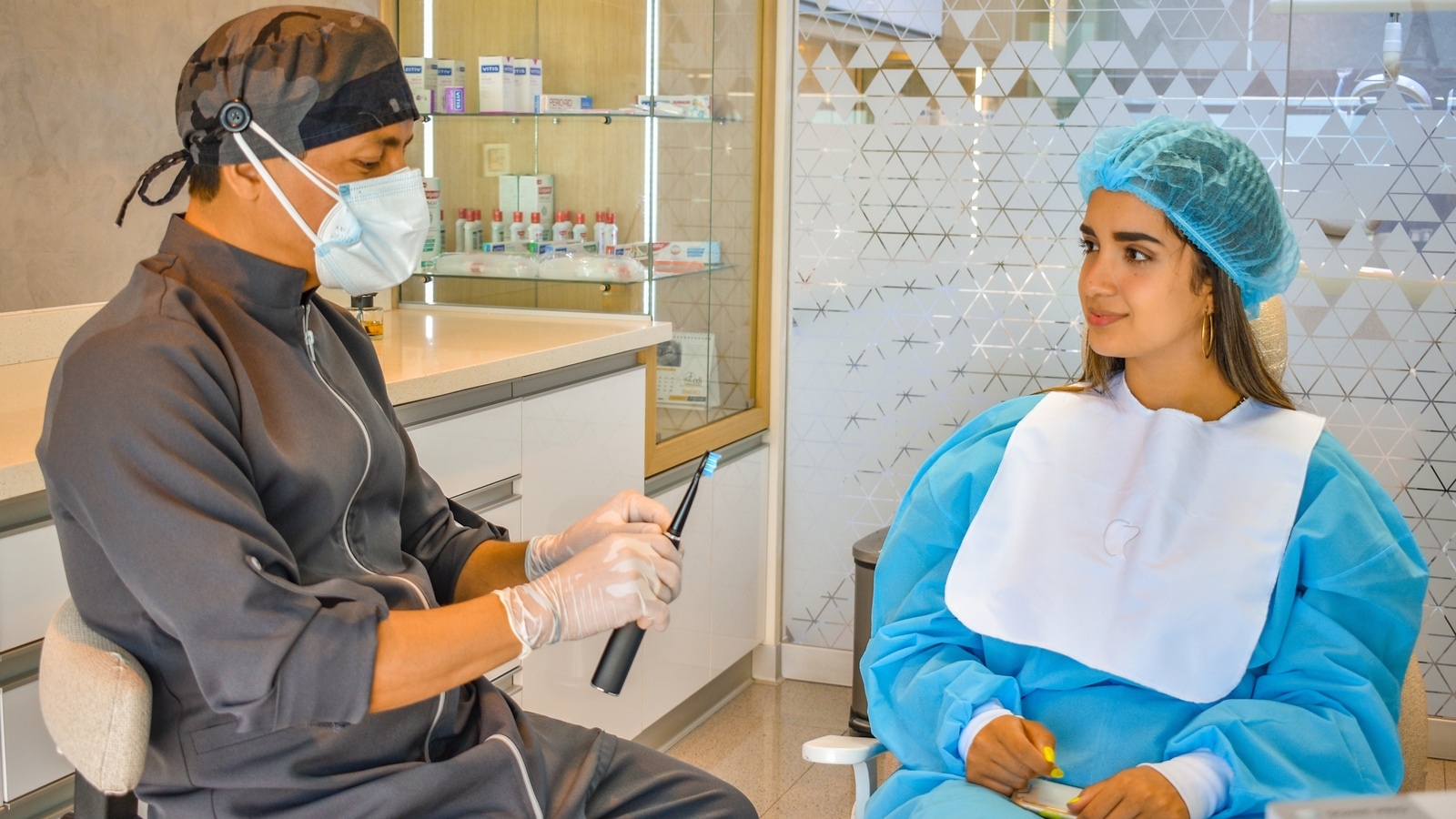Oral cancer is emerging as a significant public health concern in India, with thousands of new cases diagnosed each year. Factors like tobacco chewing, smoking, alcohol consumption, and certain lifestyle habits contribute heavily to its rising prevalence.
“Head and Neck Squamous Cell Carcinoma (HNSCC) is a major health concern in India, accounting for 26% of cancers in men and 8% in women. Among these, oral cancer is the most common type, with a particularly high incidence in the northeastern regions, where cases reach 31.8 per 100,000 males. Population-based cancer registry data further suggest that the nationwide incidence can be as high as 20 per 100,000 population,” says Dr. Minish Jain, Director of Medical Oncology at Ruby Hall Clinic. (Also read: 25 year old with stage 4 cancer shares why he never eats 3 hours before sleep: ‘Your body needs rest, not digestion’ )
Dr. Minish further shared with HT Lifestyle key symptoms to watch for, emerging trends in oral cancer, and the importance of early detection to improve survival rates and outcomes.
Changing trends in oral cancer
Traditionally, oral cancer in India has been strongly linked to tobacco and alcohol use. However, a recent study in Kochi revealed that 57% of oral cancer cases were diagnosed in individuals with no history of tobacco or alcohol use, indicating an alarming shift in disease patterns.
The age-adjusted incidence of oral cancer is highly variable across India, depending on study design, population groups, and geographic locations. Incidence rates increase with age but tend to decline after the age of 70, a trend consistent across multiple studies.
Advanced-stage diagnosis remains the norm
A major challenge in oral cancer management is late detection. Data reveal that 48% of oral cancer cases present in stages III and IV, by which time treatment outcomes are poor. When diagnosed early, oral cancer has a 5-year survival rate of above 80%. However, this drops drastically to 20–30% in advanced stages, despite multimodal therapy.

Symptoms to watch for
Common signs of oral cancer include:
- Red or white patches inside the mouth
- Ulcers or sores persisting beyond 14 days
- A lump in the neck
- Pain or bleeding in the mouth
- Difficulty swallowing
- Persistent throat or ear pain
- Speech problems
Awareness of these early symptoms is crucial for timely intervention.
Key risk factors
Tobacco remains the leading cause, accounting for nearly 80% of oral cancers, especially in men over 40. Worryingly, the incidence among women and younger adults has been rising, driven by smokeless tobacco products such as betel quid, khaini, gutka, zarda, mawa, and kharra. These mixtures, often commercially sold in sachets, are socially accepted and widely consumed, sometimes even kept overnight in the mouth. Alcohol use in combination with tobacco further increases the risk. National surveys estimate that 57% of men and 11% of women (15–49 years) consume some form of tobacco, making this a public health crisis.
The emerging role of HPV
In recent years, Human Papilloma Virus (HPV-16) has emerged as a significant risk factor for oral and oropharyngeal cancers, particularly among individuals without tobacco exposure. Two decades ago, fewer than 10% of oral cancers were HPV-related; today, this number is steadily rising. Interestingly, HPV-positive oral cancers tend to respond better to treatment than tobacco-related cancers.
Challenges unique to India
The biology of oral cancer in Indian patients tends to be more aggressive compared to Western populations. Additional challenges include:
- Nutritional deficiencies
- Delayed diagnosis due to low awareness
- Poor oral hygiene
- Low socioeconomic status
Why early detection matters
Early detection not only increases survival chances from 50% to 90%, but also reduces the cost of treatment significantly. Unfortunately, most patients in India seek medical attention only at advanced stages due to a lack of awareness and sociocultural acceptance of tobacco chewing.
“Oral cancer continues to be a preventable yet deadly disease in India. Stronger public awareness campaigns, stricter regulation of smokeless tobacco, HPV vaccination programs, and improved access to screening can dramatically reduce the burden. With lifestyle changes and timely medical attention, this disease can be caught early, transforming outcomes for thousands of patients each year,” concludes Dr. Minish.
Note to readers: This article is for informational purposes only and not a substitute for professional medical advice. Always seek the advice of your doctor with any questions about a medical condition.
